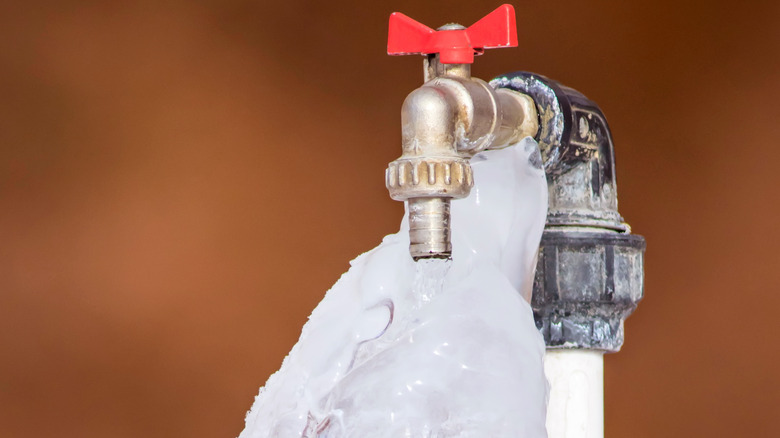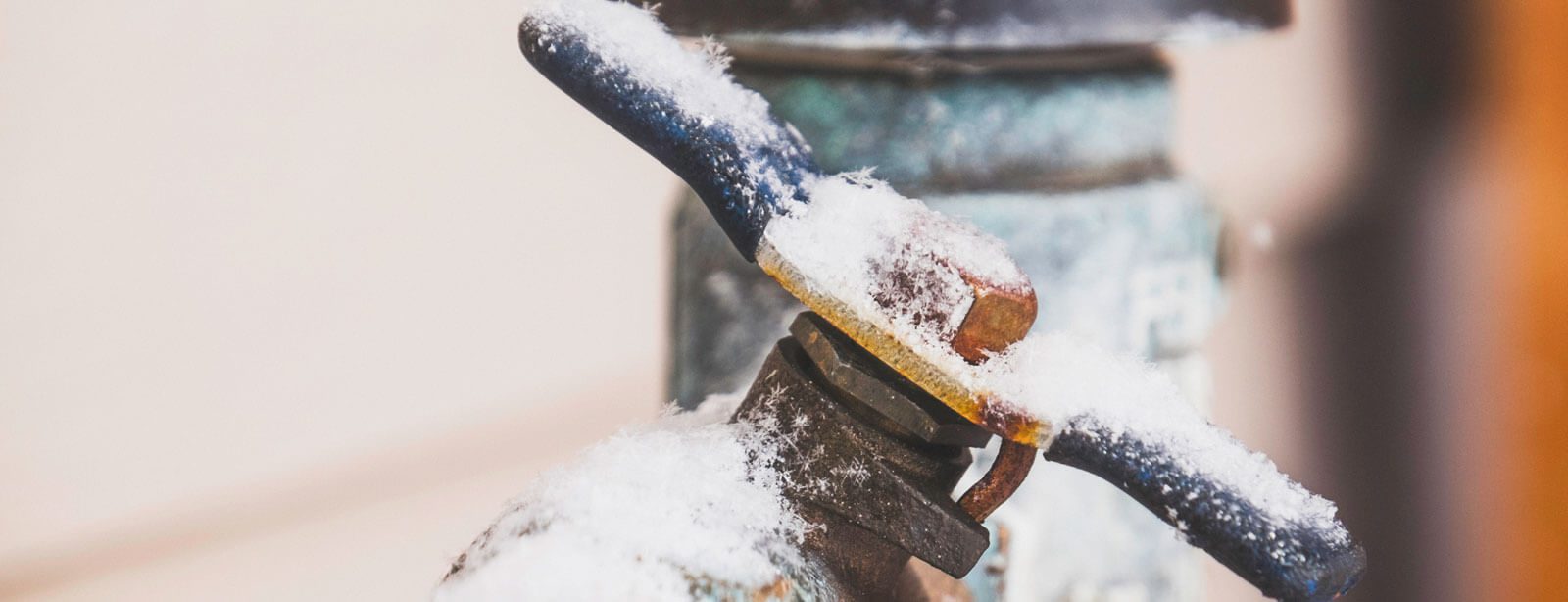Shielding Your Pipes from Freezing Issues: Key Tips
Shielding Your Pipes from Freezing Issues: Key Tips
Blog Article
We have come across this article involving Winter Plumbing Precautions: Preventing Frozen Pipes directly below on the net and figured it made sense to talk about it with you here.

Cold weather can damage your pipes, especially by freezing pipelines. Below's how to prevent it from happening and what to do if it does.
Intro
As temperature levels decrease, the risk of frozen pipelines rises, possibly resulting in costly fixings and water damages. Understanding how to prevent icy pipelines is essential for home owners in cold environments.
Prevention Tips
Protecting at risk pipelines
Wrap pipes in insulation sleeves or utilize warmth tape to shield them from freezing temperatures. Focus on pipelines in unheated or external locations of the home.
Home heating techniques
Maintain interior rooms adequately heated, particularly areas with pipes. Open up cupboard doors to enable cozy air to distribute around pipes under sinks.
Just how to recognize frozen pipelines
Look for lowered water flow from faucets, unusual odors or noises from pipes, and visible frost on subjected pipelines.
Long-Term Solutions
Architectural changes
Take into consideration rerouting pipelines far from outside wall surfaces or unheated areas. Add extra insulation to attics, basements, and crawl spaces.
Upgrading insulation
Invest in top quality insulation for pipes, attic rooms, and wall surfaces. Appropriate insulation helps keep constant temperatures and reduces the risk of icy pipes.
Protecting Outdoor Pipes
Garden tubes and outside faucets
Detach and drain garden pipes prior to winter. Set up frost-proof spigots or cover exterior faucets with insulated caps.
Recognizing Frozen Pipes
What triggers pipelines to freeze?
Pipelines ice up when subjected to temperature levels below 32 ° F (0 ° C) for prolonged durations. As water inside the pipes ices up, it expands, putting pressure on the pipeline wall surfaces and possibly causing them to burst.
Dangers and damages
Frozen pipelines can result in water system disturbances, home damage, and costly repair services. Ruptured pipes can flood homes and cause extensive structural damage.
Signs of Frozen Pipes
Identifying icy pipelines early can avoid them from bursting.
What to Do If Your Pipes Freeze
Immediate activities to take
If you presume frozen pipelines, maintain taps available to relieve stress as the ice melts. Make use of a hairdryer or towels soaked in warm water to thaw pipes gradually.
Conclusion
Protecting against frozen pipes needs aggressive steps and fast responses. By comprehending the reasons, indications, and safety nets, homeowners can safeguard their pipes throughout cold weather.
5 Ways to Prevent Frozen Pipes
Drain Outdoor Faucets and Disconnect Hoses
First, close the shut-off valve that controls the flow of water in the pipe to your outdoor faucet. Then, head outside to disconnect and drain your hose and open the outdoor faucet to allow the water to completely drain out of the line. Turn off the faucet when done. Finally, head back to the shut-off valve and drain the remaining water inside the pipe into a bucket or container. Additionally, if you have a home irrigation system, you should consider hiring an expert to clear the system of water each year.
Insulate Pipes
One of the best and most cost-effective methods for preventing frozen water pipes is to wrap your pipes with insulation. This is especially important for areas in your home that aren’t exposed to heat, such as an attic. We suggest using foam sleeves, which can typically be found at your local hardware store.
Keep Heat Running at 65
Your pipes are located inside your walls, and the temperature there is much colder than the rest of the house. To prevent your pipes from freezing, The Insurance Information Institute suggests that you keep your home heated to at least 65 degrees, even when traveling. You may want to invest in smart devices that can keep an eye on the temperature in your home while you’re away.
Leave Water Dripping
Moving water — even a small trickle — can prevent ice from forming inside your pipes. When freezing temps are imminent, start a drip of water from all faucets that serve exposed pipes. Leaving a few faucets running will also help relieve pressure inside the pipes and help prevent a rupture if the water inside freezes.
Open Cupboard Doors
Warm your kitchen and bathroom pipes by opening cupboards and vanities. You should also leave your interior doors ajar to help warm air circulate evenly throughout your home.

Do you really like more info about Helpful Tips to Prevent Frozen Pipes this Winter? Create a review down below. We would be happy to know your feelings about this content. We hope that you come back again in the near future. So long as you enjoyed reading our page please remember to share it. Thanks so much for taking the time to read it.
Book With Us Today! Report this page